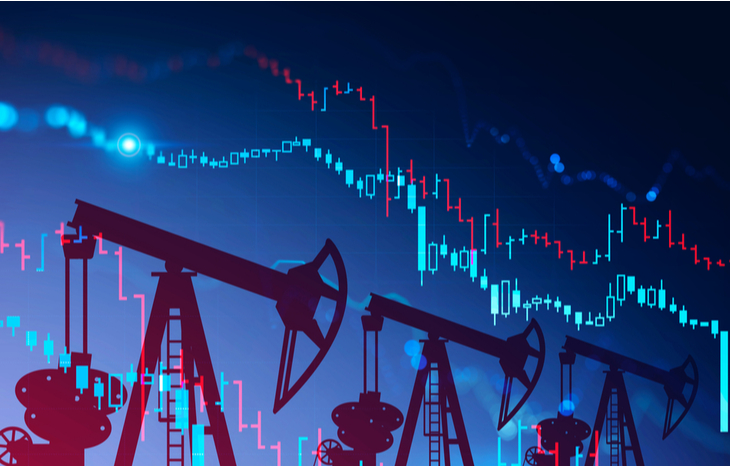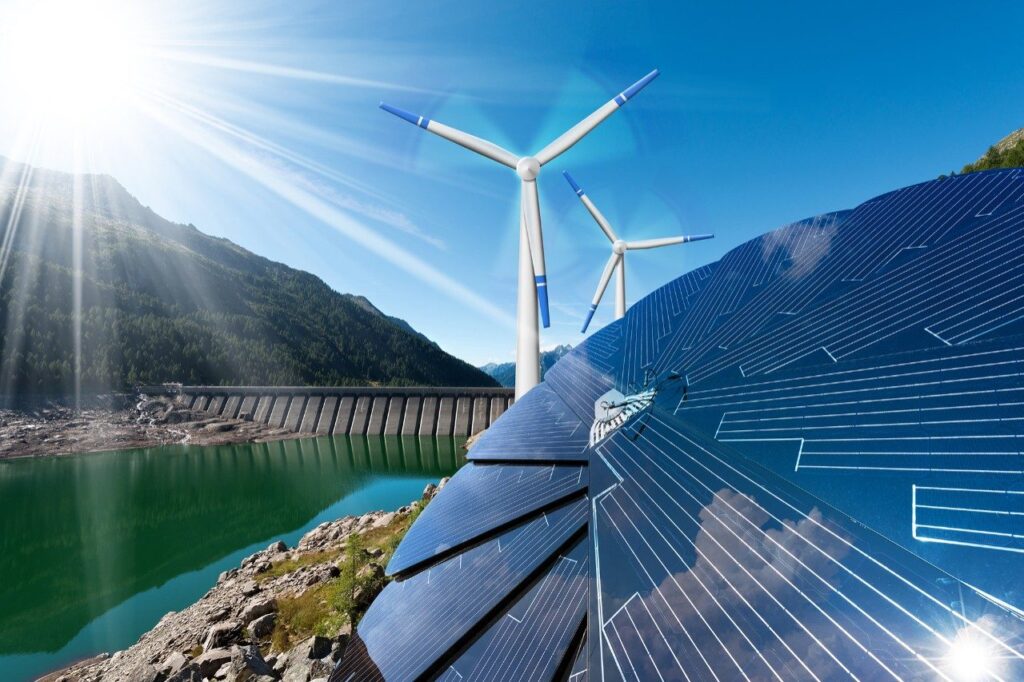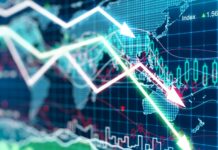Basel 3 Implementation
Today Dr. Stephen Leeb told King World News that investors should expect gold prices to rise 10 or even 20 times higher than today, combined with a major crisis in the silver market, despite ongoing paper price manipulations in the gold and silver markets ahead of Basel 3 implementation.
June 27 (King World News) – Dr. Stephen Leeb: The world has never walked a finer line than today between prosperity and destruction. Ensuring a prosperous future requires following policies sharply focused on doing everything needed to make the critical transition to a world powered largely by renewable energies. Destruction will come if we fumble and shortsightedly refuse to face the facts about what it will take to do that.
Given our very complex world with all the intricate connections among commodities, the economics of getting it right are challenging enough. Throw politics into the mix – encompassing everything from a shortsighted rush to rein in oil production to an overly aggressive China policy – and the odds tilt more towards destruction. My hope is that the world can see that the stakes are so high that it will throw out politics in favor of coming together to get the economics of it right…
Expect A Drastic Rise In Gold Prices
Investors should prepare for both outcomes. Above all, that means owning gold. If the world chooses the wiser path, it will require massive amounts of commodities. That will necessitate some sort of rationing mechanism, which gold is ideally suited to play – resulting over time in gold prices 10 or even 20 times higher than today. If, sadly, the world economy founders, gold, as has been the case over the 700 years in which gold prices are available, will be the asset that best protects you.
Critical industrial metals and commodities also will soar provided we at least get off the ground in creating renewable infrastructure. These include copper and silver as well as oil and other fossil fuels, which, like it or not, will be critical and needed in large quantities in the transition to a renewable future.
UNDERSTANDING THE CHALLENGES
The overriding challenge we face is ensuring that in future years the world will have enough energy to meet daily needs such as food along with energy to fuel global growth. That will have to be largely green energy – not just, or even primarily, because of concerns about global warming but because of commodity scarcities that will be accelerating.
But in one of many complexities that bedevil the world, creating that renewable energy future will take a lot of energy that on the path to getting there will have to come mainly from fossil fuels. That makes current efforts to rein in fossil fuel exploration and production self-defeating – everything from the IEA’s recent recommendation against approving new oil and gas fields to a Dutch court’s decision ordering Royal Dutch Shell to speed up its reduction of carbon emissions. Meanwhile, major Western oil companies have cut capital budgets nearly 50% over the past five years, virtually ensuring a sharp slowdown and possibly declining production in fossil fuels in the near future.

Such developments are frustratingly short-sighted and will only short-circuit the scaling up of renewable energies to where they can take over from fossil fuels. Anyone who wants to get to a renewable future should be supporting full-fledged development of fossil fuels in the here and now, because we will need every drop for the transition.
Today more than 80% of global energy needs are supplied by fossil fuels, including oil, natural gas, and coal. Only around 3% are satisfied by solar and wind, the renewable energies that are the most scalable. Even the most optimistic estimates do not project renewables accounting for half of global energy usage until sometime after 2050. To obtain the energy to construct renewable infrastructure and to extract all the resources that make up that infrastructure, we’ll be depending on fossil fuels…
At the same time, there will be rising demand for energy from other quarters. In particular, the developing world, with an assist from China, is racing to develop. That burgeoning growth is essentially synonymous with enormous infrastructure creation, infrastructure that will suck up huge amounts of energy. Nor would trying to slow down that growth be a solution. That’s because these countries contain the vast bulk of world commodity resources. If the developing world stagnates and remains largely without infrastructure, these resources, many of which are vital to renewable energy infrastructure, will stay in the ground.
A DIMINISHING WINDOW OF OPPORTUNITY
We don’t have time to waste. The complex interrelationships among vital resources will make it increasingly difficult and costly – both in terms of money and in energy inputs – to obtain the materials needed for renewable energy infrastructure. We need to do so before the costs become prohibitive, at which time it will be game over.
One example of the complexities of going green comes from electric vehicles (EVs). EV’s are considered green because they do not emit carbon when driven. But they’re not carbon-free and in fact require more energy to produce than do internal combustion engines.
Virtually everything about EVs is dependent on fossil fuels. Every part of an EV – engine and body – is made using fossil fuels. In the body of an EV plastics account for nearly as much weight as the very heavy battery, in some case close to half a ton. The reason for so much plastic, for which fossil fuels are a feedstock, is that it is light and necessary to get more range from the electricity needed to power the car. As for the battery, it is chock full of commodities, some rare and some not so rare but all of them getting rarer and more expensive. These commodities, which include cobalt, copper, nickel, and rare earths, all take a lot of fossil fuels to get out of the ground.
Most of these commodities are getting scarcer. Most problematic is copper, which is vital in virtually everything that is green. Over the past 20 years despite a fivefold gain in copper prices, the growth in copper reserves – a measure of copper that is economic to mine – has shrunk relative to the amount of copper that is used. That spells trouble. If the trend continues or accelerates it means copper could become un-mineable at any reasonable price.
What’s particularly worrisome with copper is that in most copper mines, grades have been shrinking and are close to the level – about 0.5 grams of copper per ton of ore – where the amount of fossil fuels needed to obtain the same amount of the metal starts to rise exponentially. Most major untapped deposits – which have richer grades – are in the developing world and will require creation of massive infrastructure to mine and develop.
The most scalable renewable energy source, solar, involves comparable complexities. The primary ingredient in a photovoltaic solar cell is polysilicon, a material especially well-suited to absorb the sun’s light. Polysilicon, which comes from treating silicon, would seem the last thing you’d have to worry about when thinking of scarcities. Think again…
The problem is that turning silicon – found in sand – into the ultrapure silicon, known as polysilicon, needed for solar cells and in the semiconductor industry is no mean feat, as described in a 2020 paper published by NATO. It turns out that not all sand is created equal when it comes to polysilicon. The initial building block for that silicon comes from quartz, and not just any quartz but high-purity quartz, of which only one major deposit has been developed.
To turn this quartz into the type of silicon that can be processed further, it must be refined using carbon materials such as coal, wood, and coke. But that carbon-based process results in purity of 97-99%. For solar panels and semiconductors, the grade must by at least six nines – 99.9999% to eight – 99.999999%. This last step takes a lot of energy. The only country equipped to build the refineries? China.
And here there are two complicating problems. One is that the reason China can produce this ultrapure silicon is that it has access to ultra-cheap coal energy. And two, much of that cheap coal energy comes from the notorious Xinjiang province, which in mid-June was “partially” sanctioned in terms of products accepted by the West.
We should add that the current shortage in polysilicon supply has led to 15% rise in the cost of solar panels, the largest since cheap Chinese polysilicon catalyzed the dramatic fall in solar prices.
SURPRISE…SHORTAGES AHEAD: A Silver Supply Crisis Is Coming
Silver is another commodity essential in solar cells. Without silver, solar would become far less efficient and far more expensive. So far technology-based “thrifting” has kept total silver usage in the growing number solar cells at a stable level. But research suggests we’re close to the limits of that particular fix. If so, demand for silver for solar cells will be rising sharply in coming years. Our own research suggests that even if thrifting could further reduce silver needs by 75%, there would not be enough silver available to make solar a major player in the world’s energy supply. We could make comparable points about the various issues with wind energy.
TAKEAWAYS
The key takeaway isn’t to give up on solar and wind – far from it. Rather it’s that it’s essential to face the stark facts that contradict our current almost religious-like principles about using fossil fuels and about cooperating with China (which Europe does – if Europe can, so can we). That cooperation should extend to research and development as well as assuring a fair distribution of commodities…
Part of facing facts is realizing why the dollar should be dropped as the world’s reserve currency. If it isn’t, eventually the only important country using the dollar will be a badly faltering America.

Backing the dollar with gold proved to be a wonderful economic recipe in the years between the end of WWII and 1971, when U.S. overspending forced us to ditch gold in favor of the petrodollar. In today’s world, gold backing a basket of digital currencies could provide a similar result for all participants. Because of the necessity of strong world growth, a fixed Bretton Woods-type standard, which works only when productivity and growth are closely linked, would not work today. In today’s world, ever scarcer commodities would surely overwhelm rising productivity as has been the case with copper, silver, and even iron ore, three critical commodities for which sharply rising prices have not induced comparable gains in reserves. Rather gold will in time have to trade at many multiples of its current price.
On the other hand, a failure to realize what the real existential crisis is – not enough energy to maintain prosperity never mind to further growth – will result in the kind of deflation and chaos under which gold has always thrived. Whether you own gold because you are betting on worldwide success, which we still believe is the likeliest outcome, or as insurance against a catastrophic outcome, gold is something all investors should own.



















